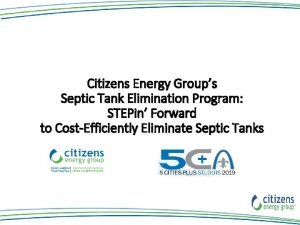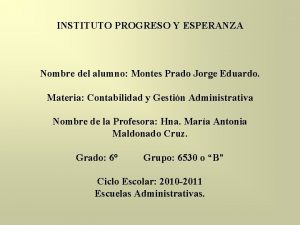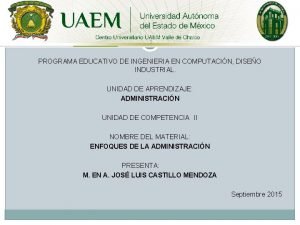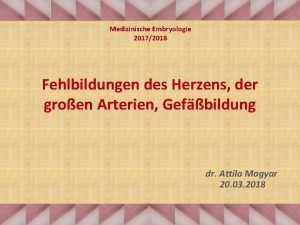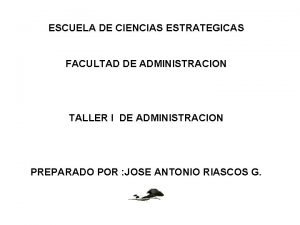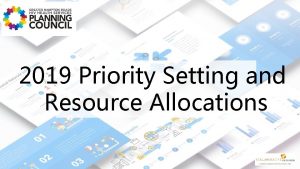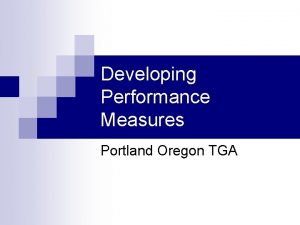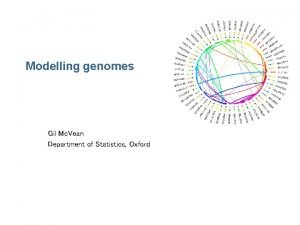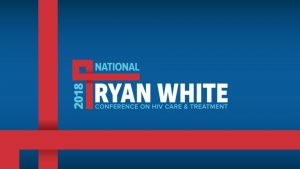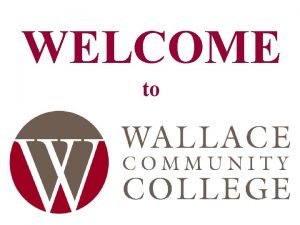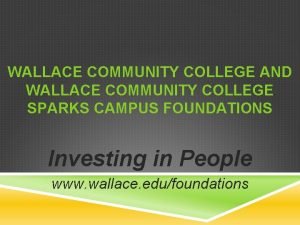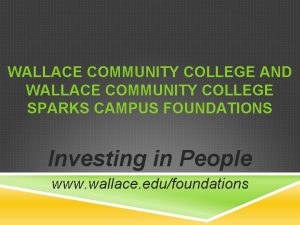Indianapolis TGA Presentation Michael Wallace Program Director Ryan














- Slides: 14

Indianapolis TGA Presentation Michael Wallace, Program Director Ryan White Services Marion County Health Department

Indianapolis TGA History: n Indianapolis was one of 5 new Transitional Grant Areas that first received Part A funding in 2007. n Has been a Part C recipients since early 1990’s n Also receive MAI funding since 2007 n The program is managed by the Marion County Health Department, which is part of Health & Hospital Corporation of Marion County.

Of the PLWH/A in the TGA n 82% male; 18% female. n White, non-Hispanics constituted the majority of cases (51. 8%) followed by Black, non-Hispanics (39. 2%) and Hispanics (5. 9%). n White, non-Hispanic males accounted for majority of the HIV/AIDS cases (56. 4%) with black, non-Hispanic females accounted for majority (59. 8%) of the HIV/AIDS cases. n The demographics of the population living with AIDS were fairly similar to the demographics of people living with HIV (PLWH) with respect to race/ethnicity.

Number of Clients Served n Currently n Overall, providing services to 1, 227 active clients have provided services to 1812 unduplicated clients n During the Past Grant Year (2009/2010) n Number of admitted 377 n Number of recertified clients 640

Number and Type of Subcontractors: n Current funding year 18 Subcontractors n ASO’s n Including minority ASO’s n Medical Centers/Infectious Disease Centers n CBO’s n Including minority CBO’s n Pharmacies n Insurance n Mental Health Centers n Substance Abuse Centers

Quality Management Infrastructure

Indicators and Data Collection n 75% of active client’s care plans will have at least 1 self-identified client goal and include documentation of ongoing progress. n 75% of clients who receive emergency financial (food/nutrition) and who are on HAART, will receive a fasting lipid panel during the measurement year. n 50% of clients who utilized short-term housing assistance will report stable housing within 3 months of accessing the service

Challenges n Trying to link medical indicators (group one HAB measures) to all of the supportive services that the TGA funded. n Trying to identify at least one measurement for each of the supportive services to fulfill the requirement that services utilized by a client have a direct and significant impact on improving health status. n Working with non-clinical providers to understand the significance of monitoring support services outcomes and linking them to core services.

Challenges n Developing an implementation plan for each of the service. The sites are diverse in size, expertise, resources, and computer/data entry abilities. As a result, it was challenging to figure out a way that requested data could be collected and collected consistently across the entire program.

Differentiating non-Medical and Medical CM n It has been challenging to separate the duties specific to each of the services and how they will or should be delivered in relation to non-clinical sites. n Currently working with a HRSA consultant (technical assistance) and a TGA wide working group to develop standardized practices specific to each of the services.

Successes n Significant increase in the number of clients who accessed oral health care – the provider received national recognition for the project. n Retention in care was improved. It was determined that an average of 75% of clients who received non-clinical services were retained in care during any particular grant year. n Have completed standards of care in the areas of local pharmacy assistance, medical transportation, mental health, oral health, outpatient ambulatory care, psychosocial support and substance abuse.

Improvement Projects n Capacity building regarding case management/standard documentation practices, billable services and service category definitions (case management versus a “social visit”). n Implementation of CAREWare and use of the agency sharing feature. This has enabled our providers to monitor and track utilization of services such as transportation and food vouchers of shared clients.

Next Steps n Medical transportation satisfaction survey sent out July 1, 2010. Our goal is to increase access and satisfaction with the service, especially for clients in outlying counties. n Findings will be used to develop a QI project related to medical transportation.

Non-Medical Measure Indianapolis
 Indianapolis septic tank elimination program
Indianapolis septic tank elimination program Nsa cryptanalyst salary
Nsa cryptanalyst salary Child development teacher permit
Child development teacher permit Thermogravimetric analysis theory
Thermogravimetric analysis theory Differential thermal analysis
Differential thermal analysis Enfoque estructuralista de la administración
Enfoque estructuralista de la administración Juxtaductal position
Juxtaductal position Esta teoria conjunta los estudios relativos a la tga
Esta teoria conjunta los estudios relativos a la tga Tga herzfehler
Tga herzfehler Amnestisk syndrom
Amnestisk syndrom Variables basicas de la tga
Variables basicas de la tga Tga norfolk
Tga norfolk Tga performance
Tga performance O que é tga
O que é tga Tga vean
Tga vean
